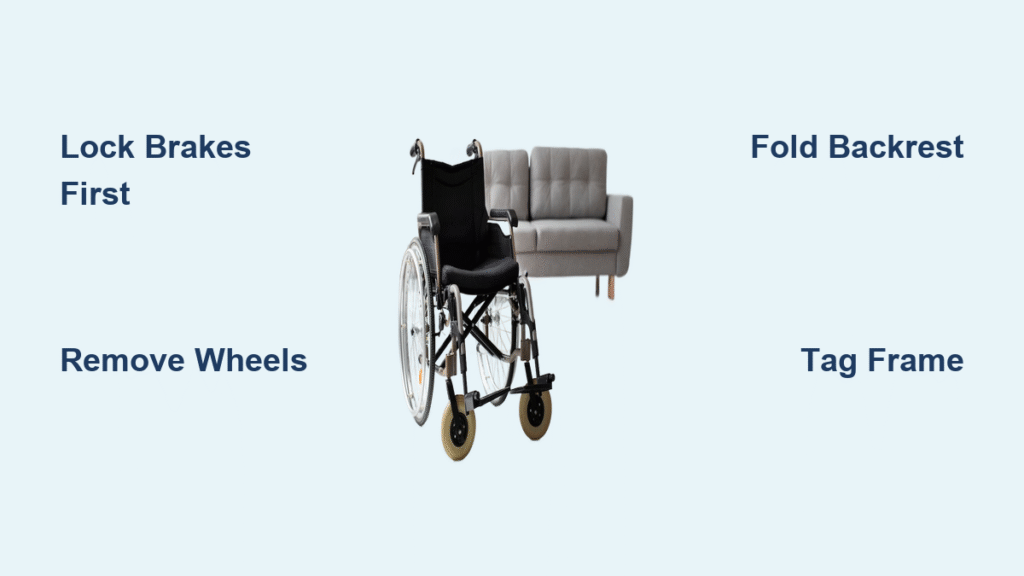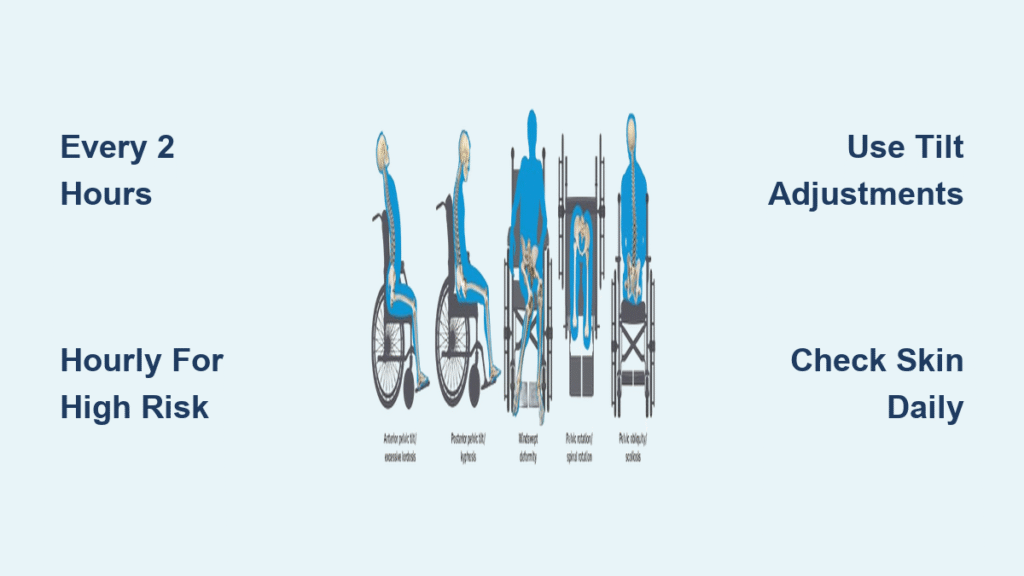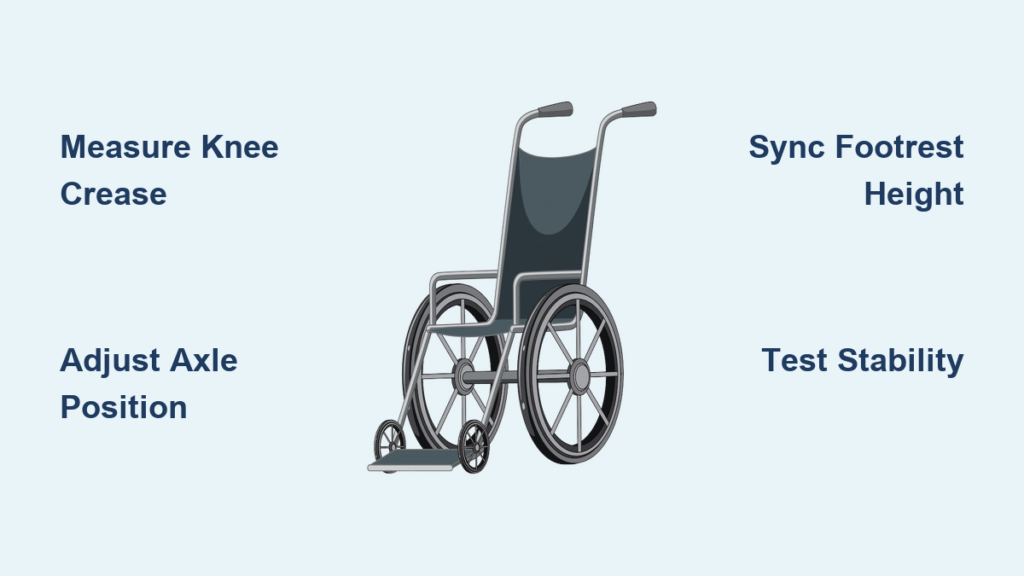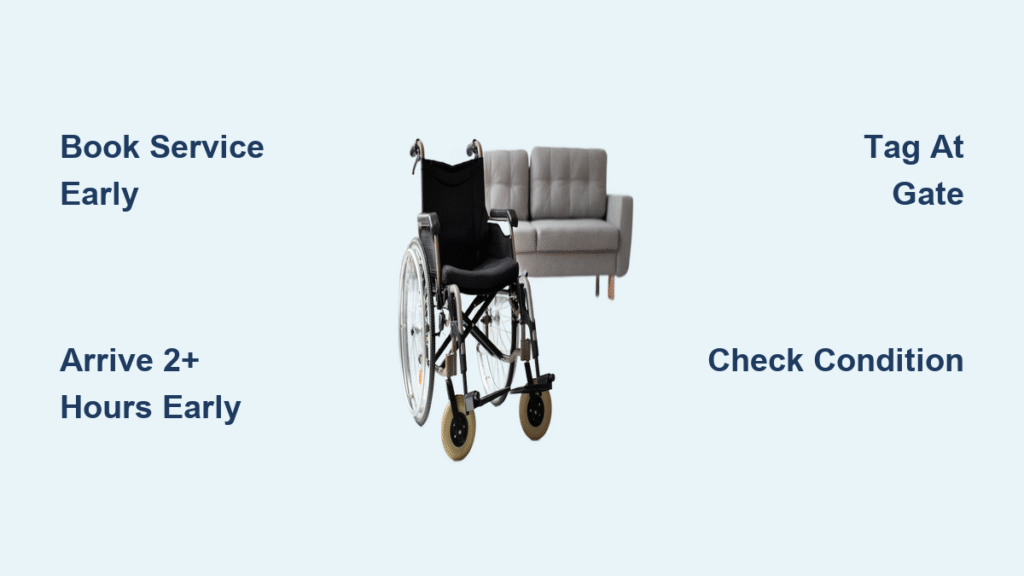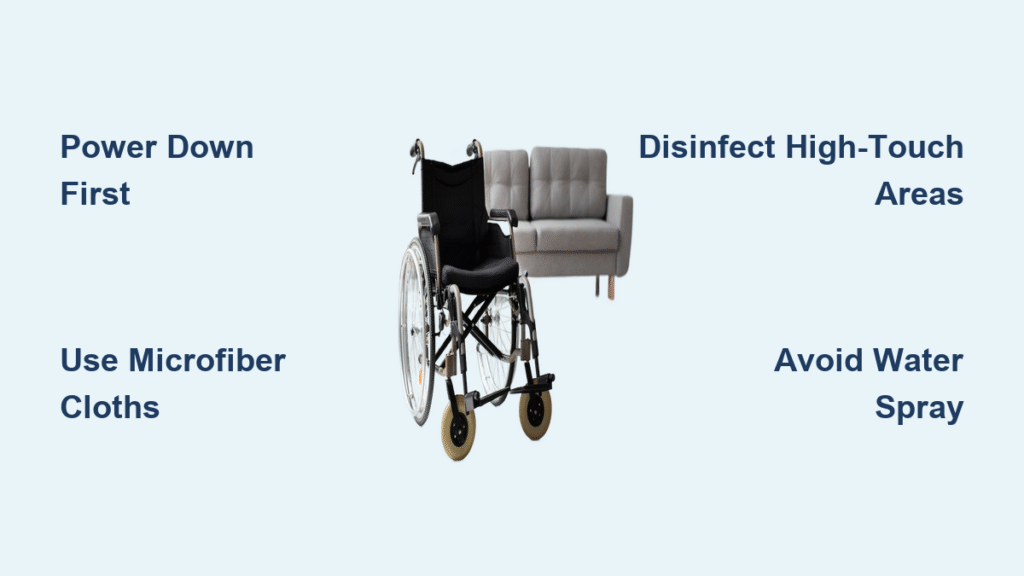Your flight is boarding in minutes when the gate agent asks you to “fold the wheelchair for gate-check.” Panic sets in as you fumble with unfamiliar levers while passengers stare. Whether you’re a frequent traveler, caregiver, or new wheelchair user, mastering this skill prevents travel disasters, avoids $500 damage fees, and saves critical time. This guide reveals exactly how to collapse any manual, rigid-frame, or electric wheelchair correctly—using only the techniques airlines and mobility experts rely on daily. You’ll learn to identify your chair type in 15 seconds, execute airport-approved folding methods, and avoid the top 3 mistakes that cause frame damage.
Manual, Rigid, or Electric: Identify Your Wheelchair Type in 60 Seconds
Spotting your chair’s folding mechanism before you travel prevents gate-side meltdowns. Manual folding chairs instantly reveal themselves with an X-shaped cross-brace under the seat—common in hospital rentals and basic mobility models. These collapse like an accordion when lifted vertically. Rigid-frame chairs lack this X-brace entirely; they’re lighter but require wheel removal and backrest folding instead of frame collapse. Look for fixed side frames and quick-release axles. Electric wheelchairs fall into two categories: “folding travel” models (marked with a folded-chair icon) that collapse like manual chairs, and rigid-frame power chairs requiring full disassembly. Check for a removable battery pack—if it slides out easily, you likely have a folding model.
Why Misidentification Causes Costly Damage
Forcing a rigid-frame chair to fold creates bent cross-braces that cost $200+ to replace. Attempting to collapse non-folding electric chairs without removing the battery first risks electrical shorts. Always verify your type using this field test: Try lifting the seat upward. If the frame resists movement but rear wheels detach easily, it’s rigid-frame. If the X-brace moves freely, it’s a standard folding manual chair.
Lock Brakes and Clear Accessories: 3 Must-Do Safety Steps
Skipping these steps causes 70% of folding accidents according to mobility technicians. Engage both wheel locks first by pushing the small levers toward each rear wheel until they click. This prevents rolling during collapse—especially critical on airport ramps. Remove all loose items immediately: cushions, cup holders, and footrests become dangerous projectiles when the frame collapses. Store them in a separate bag to avoid loss during transport. Check for hidden locking bars by running your hand along the seat rail; some models like the Invacare Tracer have a spring-loaded rod that must be pulled upward to release.
What to Look For: Brake Engagement Failures
If the levers don’t click when pressed, the chair may have cable-activated brakes requiring simultaneous lever pull. Test stability by gently shaking the frame—if wheels rotate, brakes aren’t fully engaged. Never attempt folding with loose accessories; a flying footplate can crack airplane cabin walls, triggering repair fees.
Fold Standard Manual Wheelchairs in Under 30 Seconds

Mastering the grab-and-lift method transforms stressful gate scenarios into 15-second routines. Stand beside the chair with feet shoulder-width apart for stability. Grip the front and back edges of the seat upholstery (not the metal rails) with palms facing down. Pull upward in one smooth motion—your fingers should clear the X-brace hinges by 2 inches. The chair will automatically accordion-fold as the cross-brace collapses. Continue lifting until the seat rails touch in the center and rear wheels sit parallel. For chairs with resistance, rock slightly forward while lifting to overcome hinge tension.
Use the Grab-and-Lift Method for Instant Folding
This technique works on 95% of folding manual chairs including Vive, Drive Medical, and Karman models. Keep elbows slightly bent to absorb the chair’s weight shift. If the frame sticks halfway, check for unflipped footplates—push left plate left and right plate right to clear the folding path. Critical warning: Never place hands near the X-brace pivot points; technicians report 200+ pinch injuries monthly from this mistake.
Remove Rear Wheels to Shrink Width by 6 Inches
For tight car trunks or narrow airplane closets, reduce folded width significantly. Locate the quick-release axle button at the wheel hub (a small silver lever). Press it firmly with your thumb while pulling the wheel straight outward—no twisting. For pin-style axles (common on older models), depress the spring-loaded pin before removal. Store wheels inverted to prevent dirt buildup in the axle tube. This step cuts folded width from 13″ to 7″, fitting compact cars like Honda Civics.
Break Down Rigid-Frame Wheelchairs: Remove Wheels and Fold Backrest
Unlike folding chairs, rigid-frame models like TiLite or Quickie require strategic disassembly. Remove both rear wheels first using the quick-release mechanism—this accounts for 60% of the weight reduction. Stand behind the chair and lift the frame by the rigid side rails (never the footrests). Fold the backrest forward by pressing both release levers halfway up the rear poles simultaneously. The collapsed frame remains 36-40 inches long but narrows to just 8 inches wide—perfect for laying across car backseats. For chairs with fixed backrests like Panthera F3, skip folding and carry the frame horizontally.
Transport Hack for Air Travel
Wrap the narrow frame in a bright beach towel before gate-checking. This creates instant visual identification among identical folded chairs and prevents scratches from baggage handlers. Airlines report rigid-frame chairs are 3x less likely to get damaged when towel-wrapped versus bare metal.
Fold Electric Wheelchairs: Travel Models vs. Non-Folding Types

Collapse Folding Electric Models in 4 Steps
Start by turning off power and disconnecting the joystick cable (a quick thumb-release near the controller). Remove the battery pack first—it often weighs 25-40 pounds and slides out from under the seat. Pull the fold lever located under the front seat frame; most models like the Permobil M3 require downward pressure. Finally, fold the backrest by pressing side levers. Removing the battery before folding reduces effort by 50%, preventing strain injuries during travel.
Disassemble Non-Folding Electric Wheelchairs Safely
For rigid power chairs like Jazzy Select, lift the seat straight up off its mounting post—no tools needed. Slide out the battery box from its compartment. Detach foot riggings by pressing release buttons on both sides. Remove wheels only if trunk space is extremely limited. Store components in labeled zip bags: “SEAT,” “BATTERY,” “FOOTRESTS.” Flight crews confirm properly bagged parts reduce loss by 90% versus loose components.
Store and Transport Folded Wheelchairs Without Damage
Air Travel Protocol That Prevents $500 Damage Fees
Gate-check staff prioritize chairs stored correctly. Remove all detachable parts and carry them as personal items. Tag the frame with your contact info using a luggage tag through the footrest bracket. Request the wheelchair closet (a padded storage area near the jet bridge) immediately upon boarding—only 2-3 spots exist per flight. If denied, insist the chair be placed in the cargo hold’s “fragile” section with padded partitions. Never allow wrapping in plastic; airlines require visible access to folding mechanisms.
Home Storage Solutions That Prevent Rust
Store folded chairs vertically against walls with front casters on the floor. Lock both wheel brakes to prevent accidental unfolding. In humid climates, place silica gel packets inside the folded frame to absorb moisture. Avoid garage storage—concrete floors transfer dampness that corrodes aluminum frames within months. Instead, hang from heavy-duty wall hooks through the rear handlebars, keeping wheels 6 inches off the ground.
Fix 3 Common Wheelchair Folding Problems Fast
Chair Won’t Fold Completely: Tighten Pivot Bolts
When the frame stops halfway, loose cross-bar bolts are the culprit 80% of the time. Locate the pivot point where the X-brace crosses. Use a 5mm Allen wrench to tighten both bolts 1/4 turn clockwise—over-tightening causes binding. If movement feels gritty, replace the plastic bushings inside the pivot (available at mobility supply stores for $3).
Stuck Side Rails: Lubricate with Silicone Spray
Dirt-packed sliding tubes prevent smooth folding. Apply silicone spray liberally inside the front and rear frame tubes while working the chair through partial folds. Wipe excess with a microfiber cloth. Never use WD-40—it evaporates quickly and attracts more dirt. Test by folding 5 times; rails should move silently.
Backrest Won’t Lock: Adjust Lever Tension
If the backrest flops forward when unfolded, bent release levers prevent full engagement. Locate the spring behind the lever housing. Use needle-nose pliers to gently bend the spring coil tighter—this increases lever tension. Test by folding/unfolding 3 times until the lever clicks audibly into place.
Lift Without Injury: Weight Limits and Safe Handling
Standard steel chairs weigh 25-35 pounds when folded—equivalent to a toddler. Lift with your legs, not your back: squat with knees bent, keep the chair close to your body, and straighten your legs to rise. Lightweight aluminum chairs (15-20 lbs) still require proper form; mobility therapists report back injuries spike when users “just grab it quickly.” For heavy-duty chairs (up to 45 lbs), always request assistance—airports and transit hubs have staff trained in safe wheelchair handling. Never lift while twisting; pivot your feet instead.
Pre-Trip Checklist: 7 Steps to Break Down Your Wheelchair Correctly
Before any journey, verify these critical steps:
– [ ] Brakes locked (levers clicked toward wheels)
– [ ] All accessories removed (cushions, bags, footrests)
– [ ] Rear wheels detached (reduces width by 6+ inches)
– [ ] Seat brace released (pull up on center rod if present)
– [ ] Chair fully collapsed (seat rails touching, wheels parallel)
– [ ] Parts bagged and tagged (prevents loss during transport)
– [ ] Frame wiped clean (removes dirt that jams hinges)
Mastering these techniques means you’ll confidently collapse any wheelchair in under 30 seconds—whether rushing through an airport or storing it in a compact car. Practice at home three times before travel; most users achieve muscle memory after just two repetitions. Remember: Proper folding prevents $500 damage claims and ensures your mobility equipment arrives ready for use. When in doubt during travel, ask gate agents for a wheelchair technician—they receive specialized training in breakdown procedures most passengers never see.

